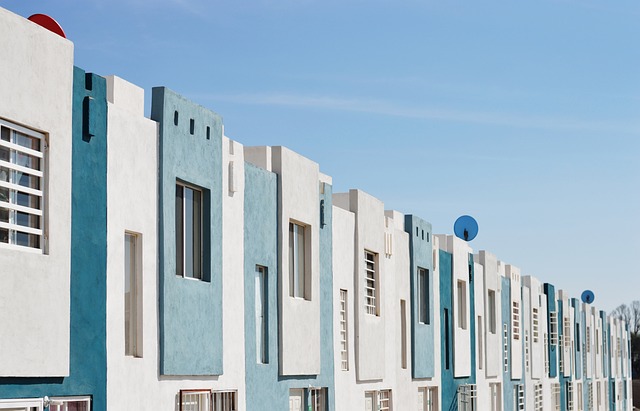Roof integrity is essential for a home's safety and longevity, protecting against environmental elements. It's vital to promptly identify and address roof leaks after heavy rain or storms by inspecting for signs like water stains or dripping sounds. Leak management involves immediate temporary measures and professional repairs to resolve issues like damaged shingles and gaps, ensuring a durable fix. Regular maintenance, including gutter cleaning and seals inspection, is key to preventing minor problems from escalating into major structural issues.
Effective plumbing maintenance includes monitoring water meters for leaks, disposing of items properly to prevent clogs, and conducting camera inspections for sewer line issues. A proactive approach to home repair and maintenance is crucial to detect and resolve common plumbing problems like water leaks, clogs, and sewer line disruptions, thereby safeguarding the functionality and safety of your plumbing system.
Electrical system evaluations by licensed electricians are integral for ensuring safety and optimal performance, checking for outdated wiring, overloaded circuits, and faulty connections. Regular maintenance routines should include these inspections to maintain the efficiency of your electrical systems and protect your living space.
For heating and cooling systems, regular upkeep is necessary to prevent malfunctions and property damage. Furnaces require filter checks and professional intervention for issues like unusual sounds or erratic behavior. Air conditioning units necessitate filter maintenance, clearing of obstructions, and inspection of condensate lines to prevent ineffective cooling and potential water damage.
Maintaining a home's foundation requires regular inspections and repairs to address cracks, settling, or shifting caused by water damage, soil erosion, or poor construction. Techniques like underpinning, piering, mudjacking, and slab jacking can enhance the foundation's stability. Waterproofing and efficient drainage systems are also critical for preventing structural damage.
In painting projects, meticulous surface preparation is vital for a durable finish. Use high-quality, washable or scrubbable paints with UV protection for exteriors, and opt for low VOC options for interiors. Priming surfaces, especially over new or darker colors, contributes to better adhesion and coverage, ensuring a smooth and aesthetically pleasing result. Regular home repair and maintenance, incorporating these practices, will extend the life of your paint job and enhance the overall condition of your home.
Navigating home repair and maintenance issues is a fundamental aspect of property ownership. This article provides a comprehensive guide to common home repair problems, offering practical solutions for each concern. From assessing roof integrity to addressing plumbing leaks, evaluating electrical systems, troubleshooting heating and cooling systems, examining foundation stability, to applying the right painting techniques—each section is designed to empower you with the knowledge necessary to maintain a safe, efficient, and comfortable living space. By understanding these issues and their resolutions, homeowners can effectively manage repair tasks, ensuring their home remains in prime condition.
- Assessing Roof Integrity: Identifying Leaks and Implementing Permanent Fixes
- Plumbing Problems: Detecting and Addressing Water Leaks, Clogs, and Sewer Line Issues
- Electrical System Evaluation: Ensuring Safety and Efficiency in Home Wiring
- Heating and Cooling Systems: Troubleshooting Furnace Malfunctions and Air Conditioning Units
- Foundation and Structural Stability: Signs of Damage and Reinforcement Techniques
- Painting and Finishing Touches: Techniques for Preparing Surfaces and Choosing Durable Paints
Assessing Roof Integrity: Identifying Leaks and Implementing Permanent Fixes
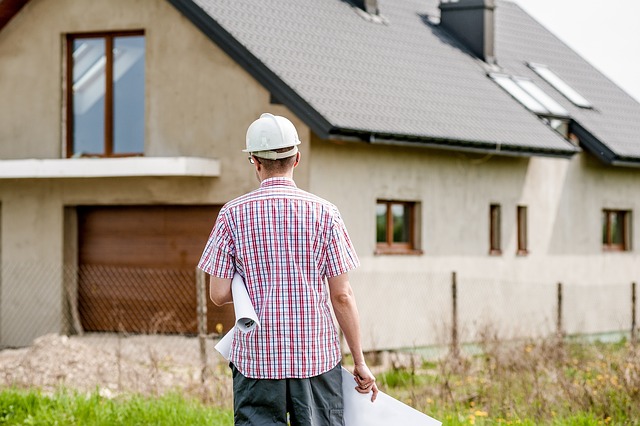
When it comes to home repair and maintenance, assessing roof integrity is a critical aspect to ensure the safety and longevity of your residence. Roof leaks can originate from various sources, including compromised shingles, flashing points where different parts of the roof meet, or even damaged gutters that allow water to seep into your home. Identifying these leaks promptly is essential to prevent water damage and structural issues. A thorough inspection post heavy rainfall or storms can reveal telltale signs such as water stains on ceilings, discolored spots, or dripping sounds, which should not be ignored.
Addressing roof leaks requires a two-pronged approach: temporary measures to mitigate immediate damage and permanent solutions to prevent future occurrences. Temporary fixes might involve placing buckets beneath the leak to catch water or using tarps to cover large areas temporarily. However, for lasting repairs, it’s advisable to engage professional roofers who can provide a comprehensive solution tailored to your roof type. They may replace damaged shingles, seal gaps with durable materials, or repair and reseal flashing points. Regular maintenance, including clearing gutters, checking for worn-out seals, and inspecting the overall structure of the roof, is part of home repair and maintenance best practices, ensuring that minor issues do not escalate into major problems. By staying vigilant and proactive, homeowners can maintain their roof’s integrity and protect their homes from the elements.
Plumbing Problems: Detecting and Addressing Water Leaks, Clogs, and Sewer Line Issues

When it comes to plumbing issues in a household, water leaks, clogs, and sewer line problems are among the most prevalent and can lead to significant damage if left unchecked. Homeowners must be vigilant in detecting these issues early on as part of regular home repair and maintenance routines. Water leaks can manifest subtly, often going unnoticed behind walls or under cabinets until they’ve caused considerable harm. To detect leaks, regularly inspect your water meter before and after a two-hour period when no water is being used. If the meter shows any movement, there’s likely a leak present. Addressing these leaks promptly involves turning off the water supply to the affected area, locating the leak, and either repairing the weakened pipe joint or replacing the damaged section.
Clogs in plumbing systems are another common home repair challenge that can disrupt daily life. Kitchen sink clogs are often due to food particles and grease accumulating over time, while bathroom clogs are frequently caused by hair and soap residue. The key to preventing these clogs is proper disposal of waste materials and the use of drain guards. If a clog does occur, homeowners should first attempt to clear it using a plunger. If this is ineffective, a plumber’s snake or professional plumbing service might be necessary to ensure the blockage is fully removed without causing further damage. Sewer line issues are more complex and may require camera inspections to pinpoint the exact location of the problem. These issues often necessitate trenchless repair or excavation, depending on the severity. Regular sewer line maintenance, including routine cleaning and inspection, is essential to prevent backups and avoid costly repairs in the future. Home repair and maintenance are critical in maintaining a functional and safe plumbing system within your home.
Electrical System Evaluation: Ensuring Safety and Efficiency in Home Wiring
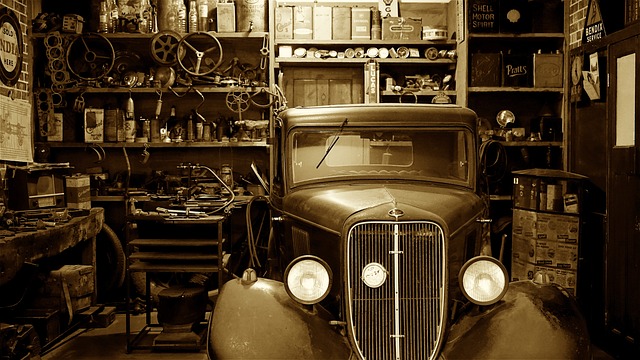
Regular assessments of your home’s electrical system are crucial for maintaining safety and efficiency. Over time, wiring can degrade due to factors like age, environmental conditions, and the increased demand for power from modern appliances and electronics. A professional evaluation identifies potential hazards such as outdated wiring, overloaded circuits, or faulty connections that could lead to electrical fires or appliance malfunctions. During these evaluations, electricians inspect your entire system, including the service panel, circuit breakers, and wiring throughout your home. They check for code compliance, ensuring that all wiring meets current safety standards, which can significantly reduce the risk of electrical failures. Addressing these issues promptly is essential for protecting your home and family from the dangers of faulty electrical systems. As part of home repair and maintenance routines, scheduling periodic inspections by a licensed electrician is a proactive step in safeguarding your living environment and maintaining its efficiency. It’s wise to keep up with these checks to prevent minor issues from escalating into major problems that could compromise the integrity of your electrical system or cause costly damage to your property.
Heating and Cooling Systems: Troubleshooting Furnace Malfunctions and Air Conditioning Units
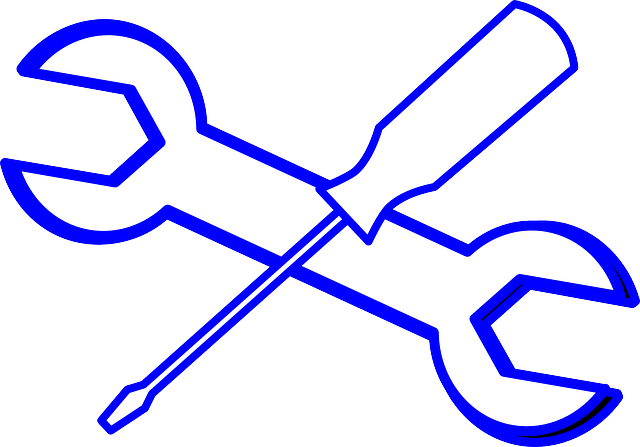
When it comes to home repair and maintenance, heating and cooling systems are often at the forefront due to their importance in maintaining comfortable indoor temperatures year-round. Furnace malfunctions can lead to a cold and uncomfortable household during the winter months, while air conditioning units failing can render your home unbearably hot during the summer. To address furnace issues effectively, regular maintenance is key. Homeowners should inspect their filters monthly, clean or replace them as needed, and ensure that the area around the furnace is clear of combustible materials and debris. If the furnace is not lighting or staying lit, check the gas pressure and pilot assembly. Low gas pressure can prevent the furnace from igniting properly. Additionally, if the furnace makes unusual noises or exhibits erratic behavior, it’s advisable to contact a professional for a thorough diagnosis and repair.
Similarly, air conditioning units require regular upkeep to function optimally. Common issues include refrigerant leaks, clogged condensate drains, and faulty electrical components. Homeowners should check the AC unit’s exterior for leaves or debris that may impede airflow and inspect the condensate drain line for blockages, which can cause water damage inside the home. If the air conditioning is not cooling effectively, it could be a sign of low refrigerant levels, indicating a leak that needs professional attention to recharge the system properly. Regularly replacing your air filter can also prevent the unit from working too hard and potentially failing. By staying proactive with home repair and maintenance for heating and cooling systems, you can avoid costly repairs and ensure a long service life for these critical home components.
Foundation and Structural Stability: Signs of Damage and Reinforcement Techniques
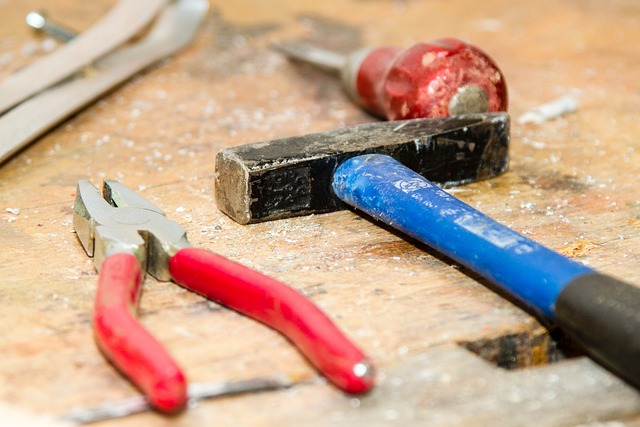
When it comes to home repair and maintenance, the foundation and structural stability are paramount for ensuring the safety and longevity of your dwelling. A robust foundation supports the entire structure, and signs of damage can manifest in various forms. Cracks in walls or along the foundation lines, uneven or sinking floors, and visible settling or shifting of the house are indicators that a thorough assessment is necessary. Water damage, soil erosion, or improper construction can compromise these integral components. To address such issues, homeowners should consider reinforcement techniques like underpinning or piering, which involve adding depth and strength to the foundation. Mudjacking or slab jacking, where a concrete mixture is injected beneath a settling slab to lift it back to its original position, is another effective solution. Additionally, waterproofing and proper drainage systems are critical in preventing future damage. Engaging a professional for a detailed inspection and implementing recommended repair methods will safeguard your home’s structural integrity and maintain its functionality over time. Regular upkeep through home repair and maintenance practices can prevent minor issues from escalating into costly and extensive repairs, ensuring that your foundation remains solid and secure.
Painting and Finishing Touches: Techniques for Preparing Surfaces and Choosing Durable Paints
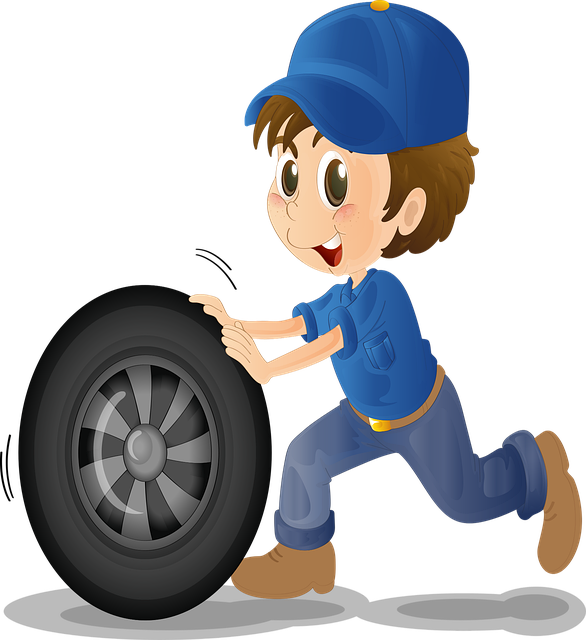
When undertaking painting projects as part of home repair and maintenance, surface preparation is paramount for achieving a professional finish that stands the test of time. Begin by thoroughly cleaning the surfaces to be painted with a mild detergent solution to remove any dirt, grease, or chalk residue. For walls and trim, use a soft brush or sponge, and for larger areas, a pressure washer can be an efficient tool. Once clean, assess the condition of the surface; smooth surfaces may only require sanding to remove any gloss or imperfections, while more textured areas might need a more thorough cleaning or even spot priming if there are stains that bleed through.
Selecting the right paint is equally important for long-lasting results. Opt for high-quality paints labeled as ‘washable’ or ‘scrubbable,’ which offer better durability and resistance to wear. For exterior projects, consider paints designed specifically for outdoor conditions, which often include UV protectants to prevent fading. Interior spaces benefit from paints with low VOC (volatile organic compounds) levels for better air quality. Always apply a primer where the new paint will be applied over previously unpainted surfaces or over dark colors to ensure good adhesion and coverage. Primers also help in creating a smooth finish, which is essential when aiming for those perfect finishing touches that contribute to the overall aesthetic of home repair and maintenance efforts.
In conclusion, maintaining a well-functioning home requires vigilance and know-how across various systems. The article has outlined key areas where issues often arise—from roof integrity to foundation stability, plumbing leaks to electrical system efficiency, and heating and cooling system malfunctions to painting and finishing touches. By understanding the common problems associated with these components of your home and employing the recommended solutions, you can ensure long-term durability and comfort. Regular assessments and proactive maintenance are essential for upholding home repair and maintenance standards, thereby safeguarding your investment and improving overall living conditions. For a secure and comfortable dwelling, it’s crucial to address these issues promptly and effectively, ensuring that each aspect of your home operates at its best.
